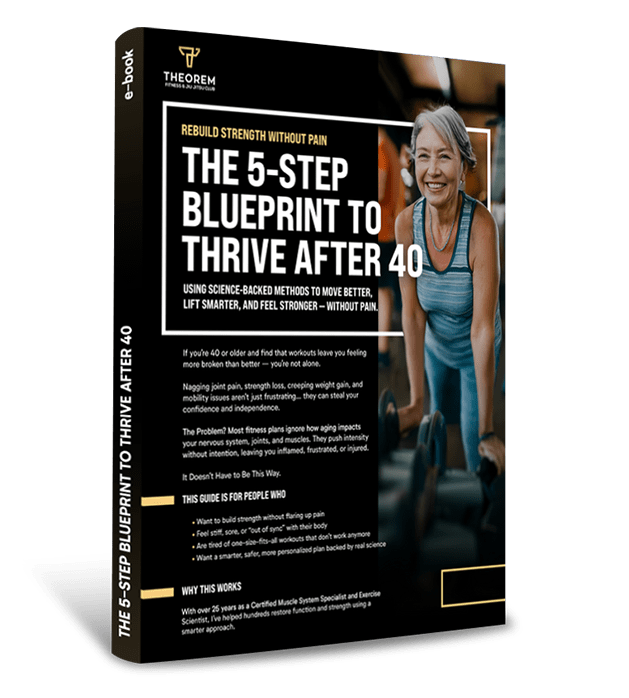Are you tired of living with pain that just won’t go away? You’re not alone. Many people struggle with discomfort that seems to linger despite their best efforts. If you find yourself in this situation, it might be time to evaluate your approach. Here are **Five Common Mistakes** that could be keeping you stuck in pain:
1. Training Through Pain Instead of Addressing It:
Many athletes believe that pushing through discomfort is a sign of mental toughness. However, this mindset often reinforces dysfunctional movement patterns, leading to chronic pain issues. Remember, **pain is a signal**—don't ignore it! Instead of training through it, take the time to assess what’s causing the discomfort. Addressing the root cause will help you recover and get back to your routine faster.
2. Skipping Proper Assessments:
When it comes to pain, guessing what’s wrong and throwing random stretches or exercises at the problem won’t fix it. A structured movement and strength assessment can pinpoint the root cause of your pain and guide an intelligent recovery plan. **Don’t skip this step!** It’s crucial for effective treatment.
3. Focusing on Flexibility Over Strength & Control:
Many people believe that stretching is the answer to pain. While flexibility is important, without strength and active control, mobility improvements won’t last. Stability and strength in new ranges are essential to prevent injury and discomfort. So, make sure your plan includes **strength training**
4. Neglecting Recovery & Wearable Data:
Overtraining and poor recovery habits—like inadequate sleep, stress, and ignoring heart rate variability (HRV) trends—keep your body in a constant state of inflammation. Using wearables like Whoop, Oura rings, and Apple Watches, can help optimize recovery and prevent setbacks. **Don’t neglect recovery!** It’s just as important as your training.
5. Lacking a Long-Term Strategy:
Jumping from one rehab approach to another without a progressive plan leads to frustration and minimal progress. Pain-free performance requires a structured system that builds strength, mobility, and resilience over time. **Commit to a long-term strategy!** It’s the best way to ensure lasting results.
Conclusion:
If you’re stuck in pain, it’s time to take a hard look at your approach. By avoiding these common mistakes, you can set yourself up for success and get back to doing what you love. Remember, **pain is a signal**—don’t ignore it! Instead, take the time to assess what’s causing the discomfort and develop a structured plan for recovery. Your body will thank you for it!



